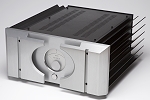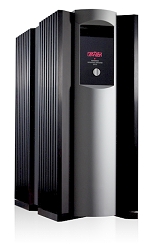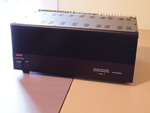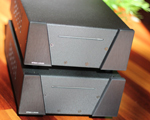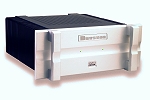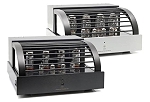Introduction to Power Amplifier Reviews
There was a time when there weren't that many choices to be made when purchasing power amplifiers. You had mono and stereo amps that were either tube or solid state. If choosing tube amps, you could select single ended or push-pull and then refine your choice based on the tube complement. For solid state, your choices were typically limited to either Class A or Class A/B. That pretty much summed up the possibilities. Of course, different amps from various manufacturers would sound unique and they varied in terms of their power output and other measured performance (such as maximum power, THD, IMD, etc.)
Now there are many new amplifier classes on the market – Class D, Class G and Class H are a few of the solid state choices. And you can find amps that have anywhere from one to seven channels or more. With the advent of multi-channel amps, many manufacturers make performance claims that are not always consistent with the FTC standards for amplifier ratings. So we at Secrets do our own bench tests that provide you an independent verification of the amplifiers' performance. We also break down the inherent technology so you know exactly what you are getting before you plunk down your hard earned greenbacks on that new amp.


